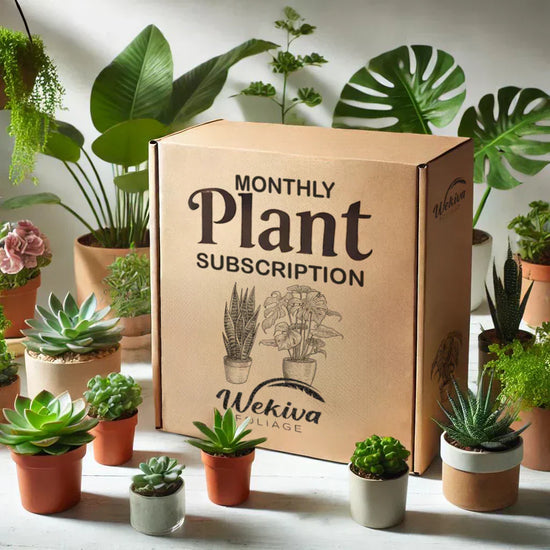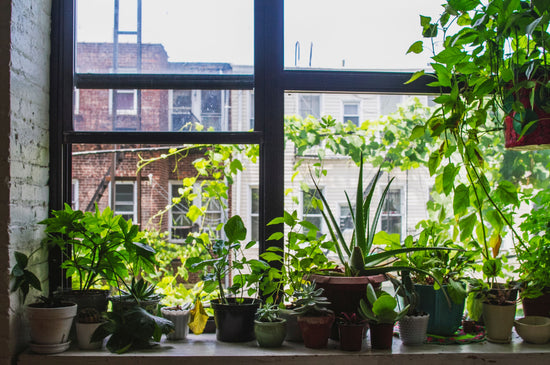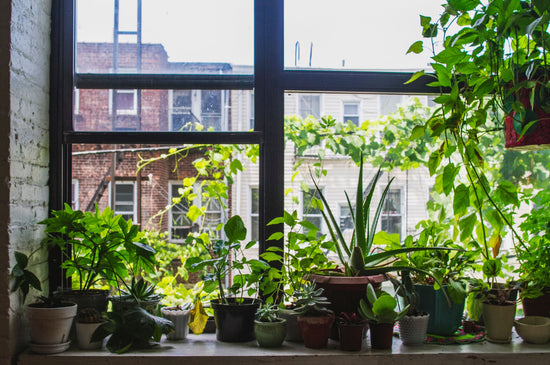From Frost to Flourish: Transform Your Houseplants This Winter
Winter is a season of cozy evenings, warm drinks, and frosty landscapes. However, for houseplant enthusiasts, the colder months can be fraught with challenges. The shift in temperature, reduced sunlight, and drier air indoors all test the resilience of even the hardiest houseplants. Yet, with the right care strategies, you can ensure your indoor jungle not only survives but thrives, turning your home into a lush, green sanctuary that defies the bleakness outside.
Understanding Winter’s Impact on Houseplants
During winter, houseplants experience a slower growth phase due to reduced light and cooler temperatures. Tropical varieties like the peace lily and pothos epipremnum are particularly sensitive to these changes, while hardy plants like the snake plant and zz plant are more adaptable. The key to winter care lies in recognizing these shifts and adjusting your care routine accordingly.
Adjusting Watering Habits
One of the most common mistakes during winter is overwatering. Since plants use less water in cooler months, their roots are more susceptible to rot if left in overly wet soil. Before watering, check the top inch of soil. If it’s dry, water sparingly and ensure proper drainage. For plants like the philodendron and spider plant chlorophytum comosum, less is often more during winter.
Enhancing Humidity Levels
Winter air, often made drier by heating systems, can be harsh on houseplants, especially tropical species like the christmas cactus and devil’s ivy. Low humidity can lead to brown leaf tips and wilting. Combat this by:
- Placing a tray of water with pebbles beneath your plants to create a natural humidity booster.
- Investing in a humidifier to maintain consistent moisture levels.
- Grouping plants together to form a mini microclimate, ideal for varieties like the zanzibar gem plant.
Maximizing Light Exposure
Light is a vital resource that becomes scarce during winter. Place your plants near the brightest windows in your home, preferably south-facing, where sunlight is most abundant. For species like the peace lily, which thrive in moderate light, supplement with grow lights if natural light is insufficient. Rotate plants every week to ensure even growth.
Preventing Draft Damage
Drafts from doors and windows can wreak havoc on houseplants. Protect your greenery by moving pots away from cold drafts and heating vents. Hardy plants like the zz plant and snake plant may tolerate some fluctuations, but consistency is best for their well-being.
Cleaning and Grooming Your Plants
Winter dust accumulation can hinder photosynthesis, reducing a plant’s ability to absorb light. Regularly clean leaves with a damp cloth, particularly for broad-leaf plants like philodendrons and spider plants. This not only keeps them looking fresh but also promotes healthier growth.
Fertilizing with Care
Fertilizing during winter requires a lighter touch. Most houseplants, like the zamioculcas plant, enter a dormant phase and do not need frequent feeding. If you choose to fertilize, use a diluted solution once every six to eight weeks to support minimal growth.
Spotting and Managing Pests
Indoor pests, such as spider mites and scale insects, can become problematic in the winter. Inspect plants like the devil’s ivy and christmas cactus regularly for signs of infestations. Use neem oil or insecticidal soap to tackle pests before they spread to other plants in your collection.
Creating a Stable Environment
Consistency is key to houseplant health. Maintain steady indoor temperatures between 65-75°F for most varieties. Use curtains or insulating materials to buffer plants from extreme cold near windows.
Building Your Winter-Resilient Houseplant Collection
Winter is also an excellent time to expand your indoor garden with hardy species that thrive despite the challenges of the season. Explore options like the snake plant, zz plant, and peace lily—all available at Wekiva Foliage. These resilient varieties bring greenery and vitality to your home with minimal effort.
The Joy of Winter Gardening
Winter doesn’t have to spell doom for your houseplants. With thoughtful adjustments and care, your indoor garden can flourish even in the coldest months. By paying attention to watering, humidity, light, and grooming, you’ll create a thriving microclimate that defies the season’s challenges.
For more houseplant tips and to explore a curated collection of winter-ready plants, visit Wekiva Foliage. Your green companions will thank you with lush, vibrant growth.
FAQ
1. How often should I water houseplants in winter?
Water less frequently, allowing the top inch of soil to dry out before watering again.
2. What are the best houseplants for low light during winter?
Snake plants, zz plants, and peace lilies are excellent choices for low-light conditions.
3. How can I increase humidity for my plants in winter?
Use a humidifier, place water trays beneath pots, or group plants together to boost humidity.
4. Should I fertilize my houseplants during winter?
Fertilize sparingly, using a diluted solution once every six to eight weeks if needed.
5. Can I propagate plants like pothos in winter?
Propagation is possible but may take longer due to slower growth rates in colder months.





